Of the 15 countries exporting seafood to Singapore, Malaysia is the leading country, Indonesia is in 2nd place, Norway is in 3rd place, China is in 4th place, and Vietnam is in 5th place.
Singapore imports seafood from nearly 100 countries.
According to the Vietnam Trade Office in Singapore, data from the Singapore Enterprise Authority for the whole year of 2024 shows that Singapore imported seafood from nearly 100 countries and territories with a total import turnover of about 1.17 billion SGD, down 2.58% compared to the same period in 2023.
The group of aquatic products that accounts for a large proportion in the Singapore market includes: shrimp, crab, crustacean seafood (HS0306), accounting for 23.74% of the total market consumption; followed by frozen fish (HS0303) accounting for 18.84%; fresh, chilled fish (HS0302), accounting for 18.08%; fish fillets, chilled or frozen fish meat (HS0304), accounting for 16.94%; molluscs (HS0307) accounting for 11.29%... Product groups such as fresh fish, processed fish and aquatic products account for a relatively low proportion, respectively 3.36%; 5.04% and 2.71%.
Among the top 15 seafood exporters to the Singapore market, Malaysia continues to be the leader, followed by Indonesia in 2nd place, Norway in 3rd place, China in 4th place, and Vietnam, for the first time, surpassed Japan to maintain 5th place for 12 consecutive months.
According to statistics, the seafood market share of the Singapore market is generally divided equally among partners because each country has its own export strengths, of which the 6 countries with the largest market share account for 9% - 13%, specifically: Malaysia (12.98%), Indonesia (11.05%), Norway (10.16%), China (9.98%), Vietnam (9.68%) and Japan (8.87%). However, each country has its own strengths and dominates different segments.
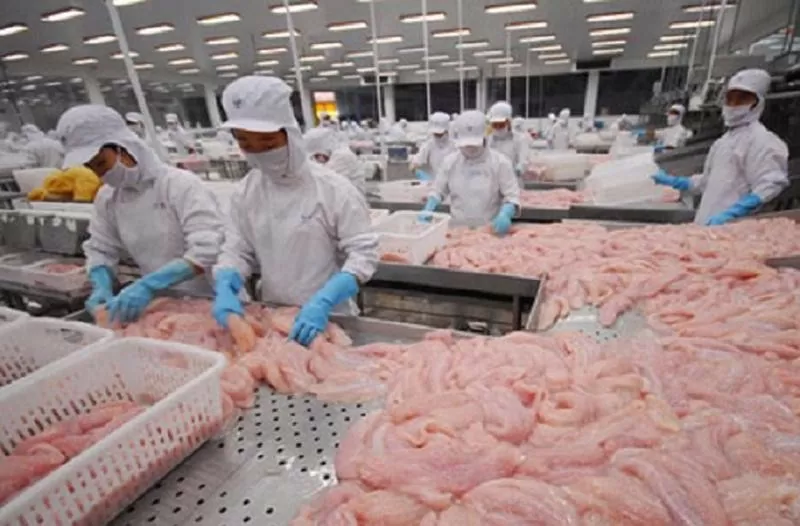 |
| Vietnamese seafood has surpassed Japan for the first time, maintaining the 5th position for 12 consecutive months in the Singapore market. Illustrative photo |
Data shows that Malaysia has strengths in fresh fish, shrimp, crab, and crustacean products with market shares in these two segments of 32.13% and 19.33% respectively. Norway and Spain have strengths in fresh chilled fish and frozen fish products. Vietnam dominates the Singapore seafood market with frozen fish fillets (accounting for 30.30%) and processed fish (accounting for 18.52%). China has advantages in mollusc products (accounting for 27.34% of the market share) and Japan has advantages in aquatic products (accounting for 40.09% of the market share).
The remaining market share is divided equally among more than 90 other partners, including Chile, India, Australia, Thailand, the US, etc.
In its policy of diversifying supply sources, Singapore continuously seeks and expands import markets with various policies. This makes competition among countries exporting seafood to Singapore increasingly fierce.
Regarding the growth of the top 15 seafood export partners to Singapore, 8/15 partners had negative growth and 7/15 partners had positive growth. Some partners had strong growth such as: Australia (up 38.86%), Spain (up 25.57%).
Vietnam's seafood export turnover to Singapore increased by 4.99%
Vietnam's seafood export turnover to the Singapore market in 2024 increased by 4.99% (export value reached nearly 113.37 million SGD), accounting for a market share of 9.68%. The figures show that seafood export turnover from Vietnam to Singapore in 2024 increased well in the mollusk group - HS0307 (up 117.92%), while there was a sharp decrease in 3 groups of products: Fresh and chilled fish group - HS0302 (down 48.59%), frozen fish group - HS0303 (down 30.1%), aquatic products group - HS0308 (down 31.82%).
According to Mr. Cao Xuan Thang, Commercial Counselor, Head of the Vietnam Trade Office in Singapore, Vietnam still maintains the important position and role of Vietnamese seafood in the Singapore market. 2024 is the first year that Vietnamese seafood has maintained the 5th position in a row for 12 months.
However, in order to sustainably increase market share, improve the ranking and export value of seafood to Singapore, Vietnam needs to continue to improve the quality of seafood products, although there have been no incidents related to food hygiene and safety reported to the trade office.
Regarding product prices, high inflation and geopolitical tensions are also a big challenge for the seafood industry of countries exporting to Singapore, including Vietnam. Countries that can take advantage of logistics and reduce costs will create a greater competitive advantage in exporting goods to Singapore.
To boost the export of seafood products to the Singapore market in particular and the world market in general, the trade office is actively connecting with leading seafood enterprises in Vietnam to provide information on products that Singaporean importers are looking for; connecting with the Singapore Seafood Industry Association to support connections with Vietnamese enterprises. Supporting enterprises to participate in exhibitions and fairs, increasing the presence of Vietnamese goods in the area; implementing trade connections and promoting product brands and Vietnamese enterprise brands in the area.
The Trade Office also continuously conducts dialogues with businesses, including the participation of seafood exporting businesses, to share experiences in accessing the market and make recommendations to improve product quality and maintain the reputation of Vietnamese seafood in the Singapore market. |
Source: https://congthuong.vn/viet-nam-doi-tac-xuat-khau-thuy-san-thu-5-tai-singapore-370744.html


![[Photo] Vietnamese and Chinese leaders attend the People's Friendship Meeting between the two countries](https://vstatic.vietnam.vn/vietnam/resource/IMAGE/2025/4/15/7d45d6c170034d52be046fa86b3d1d62)
![[Photo] Celebrating the 70th Anniversary of Nhan Dan Newspaper Printing House](https://vstatic.vietnam.vn/vietnam/resource/IMAGE/2025/4/15/a7a2e257814e4ce3b6281bd5ad2996b8)


![[Photo] Prime Minister Pham Minh Chinh works with state-owned enterprises on digital transformation and promoting growth](https://vstatic.vietnam.vn/vietnam/resource/IMAGE/2025/4/15/f55bfb8a7db84af89332844c37778476)
![[Photo] Tan Son Nhat Terminal T3 - key project completed ahead of schedule](https://vstatic.vietnam.vn/vietnam/resource/IMAGE/2025/4/15/85f0ae82199548e5a30d478733f4d783)




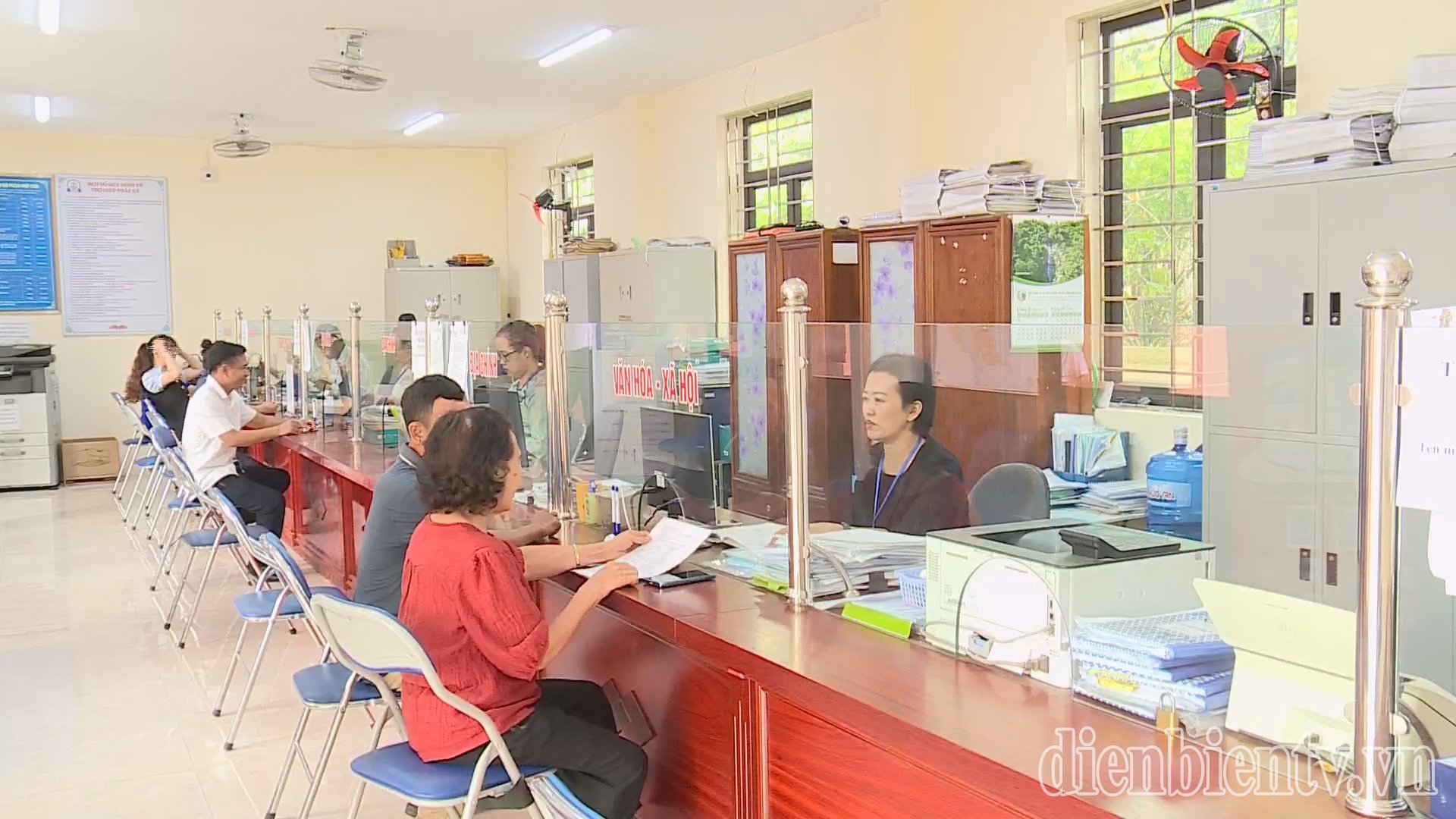
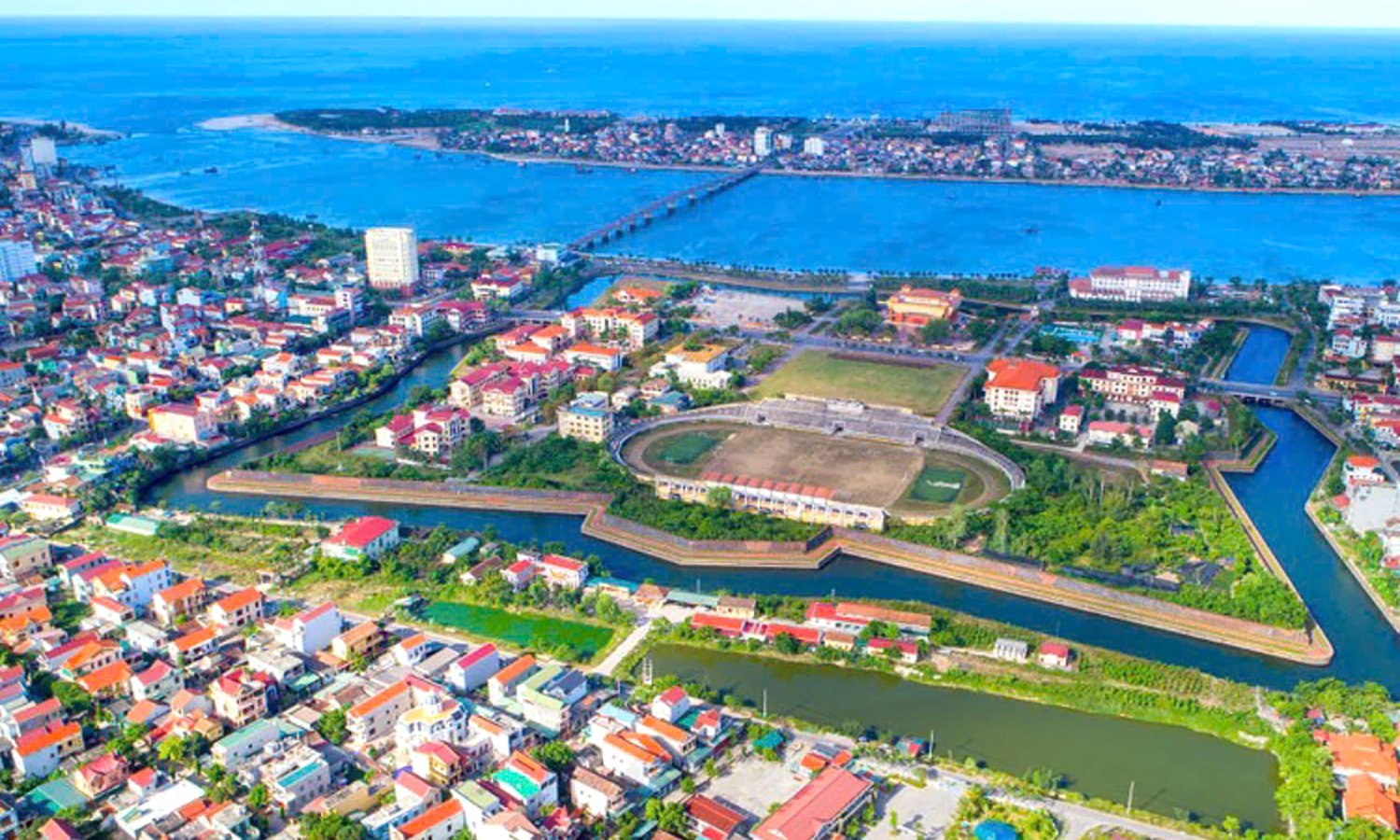




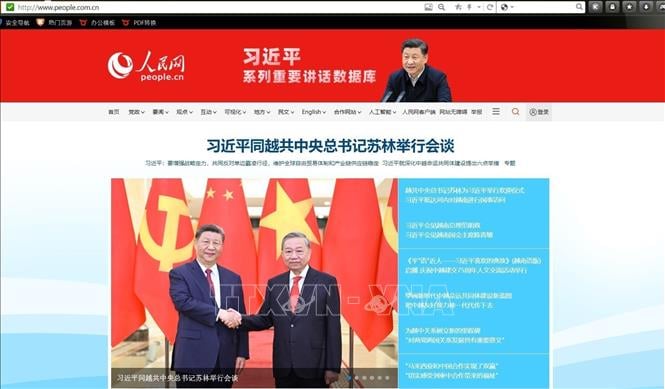












![[Photo] Reception to welcome General Secretary and President of China Xi Jinping](https://vstatic.vietnam.vn/vietnam/resource/IMAGE/2025/4/15/ef636fe84ae24df48dcc734ac3692867)























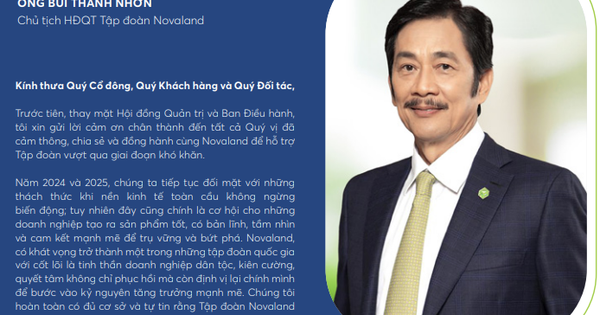



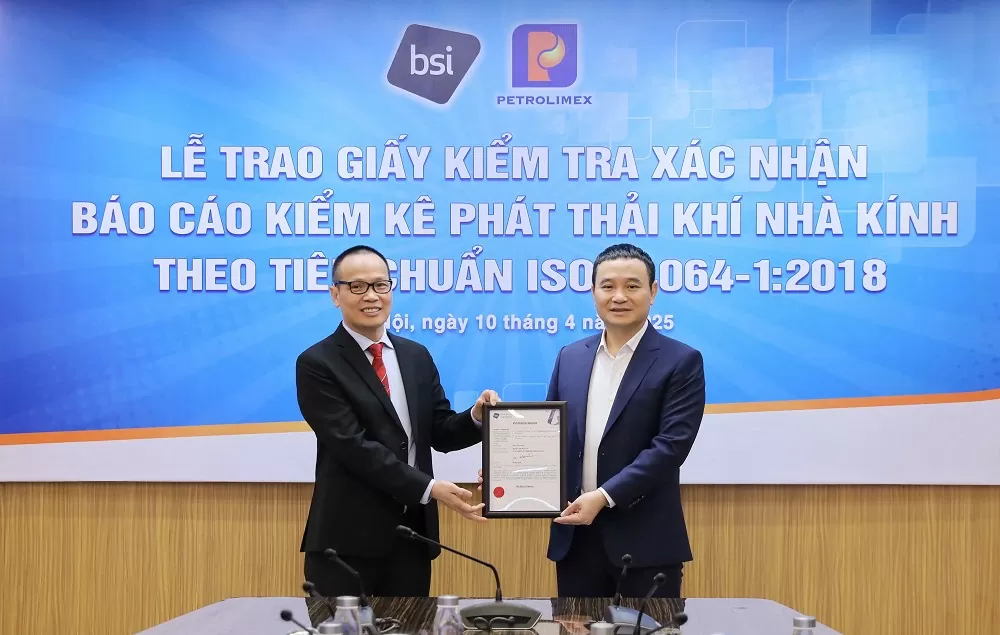

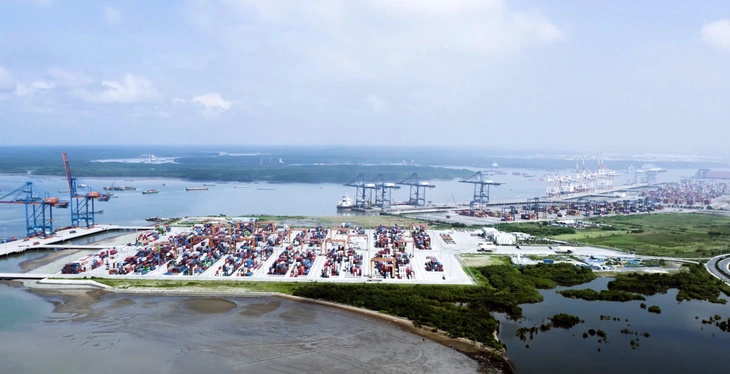














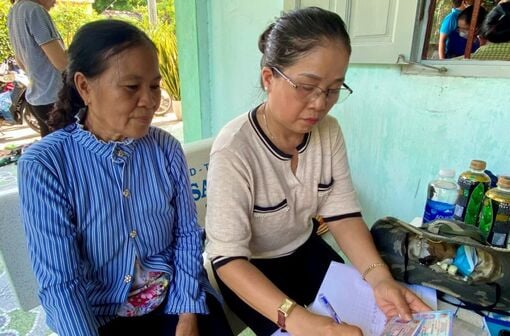





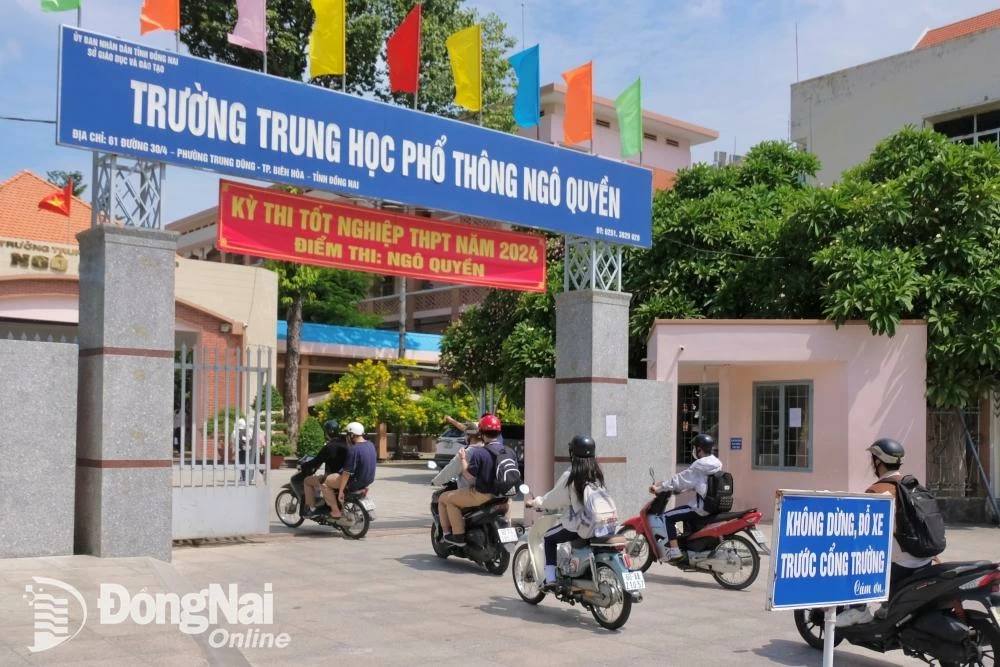
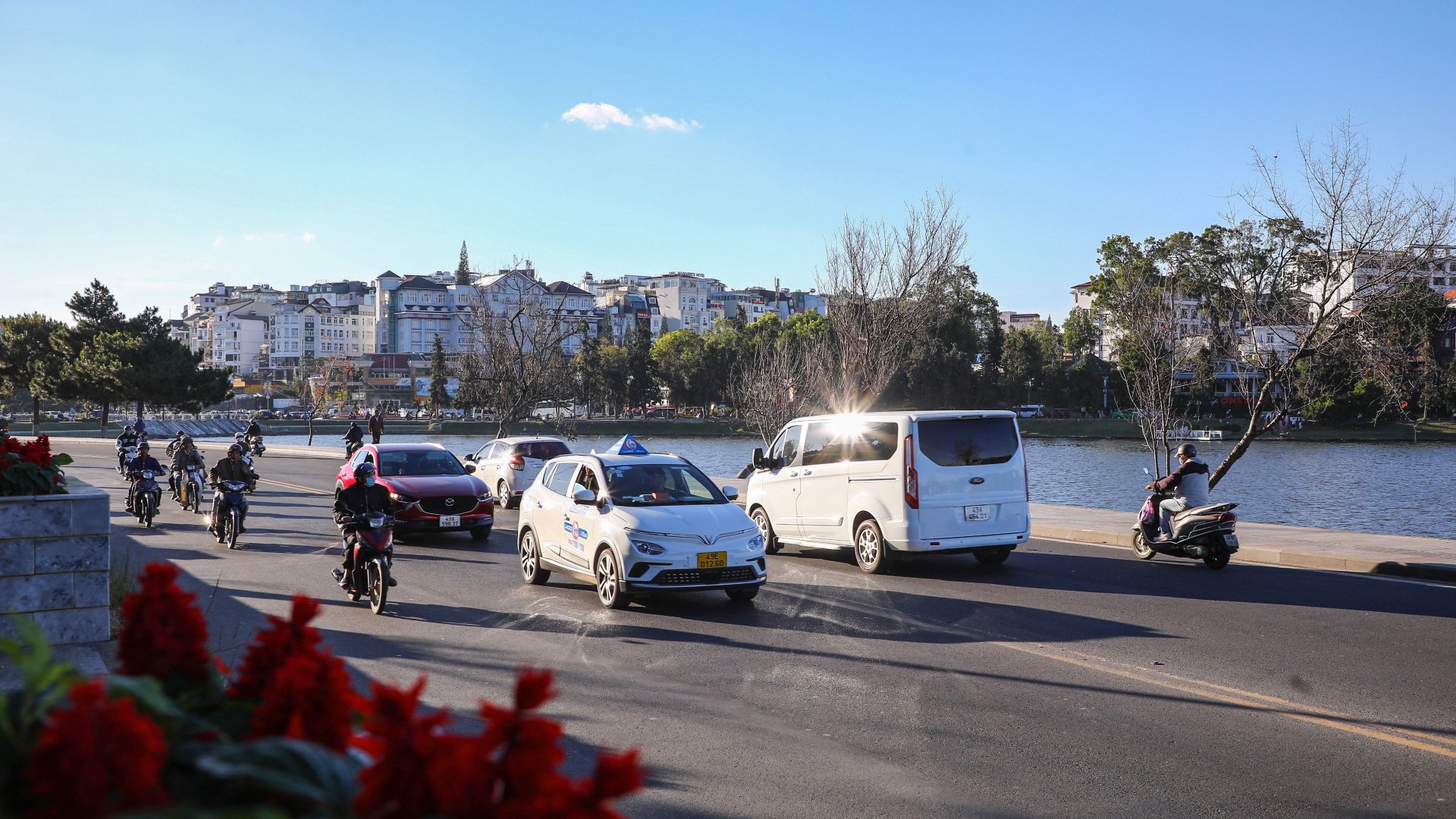

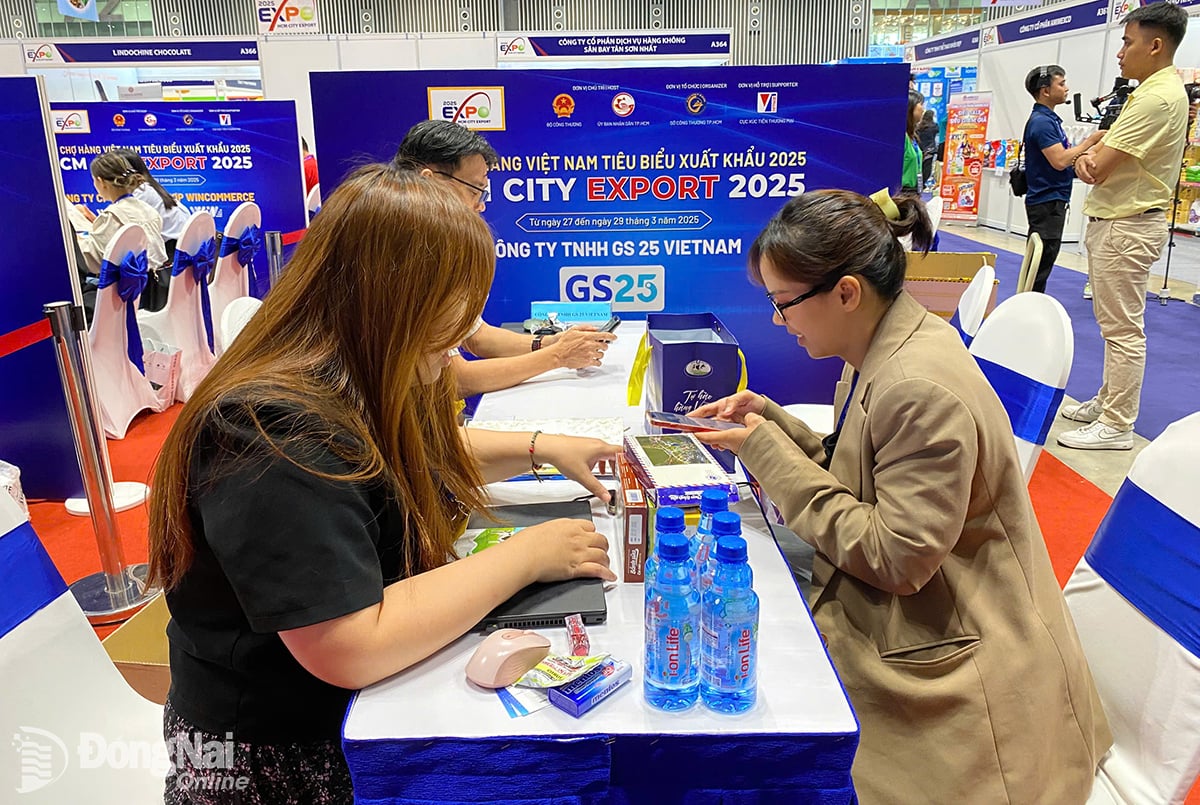
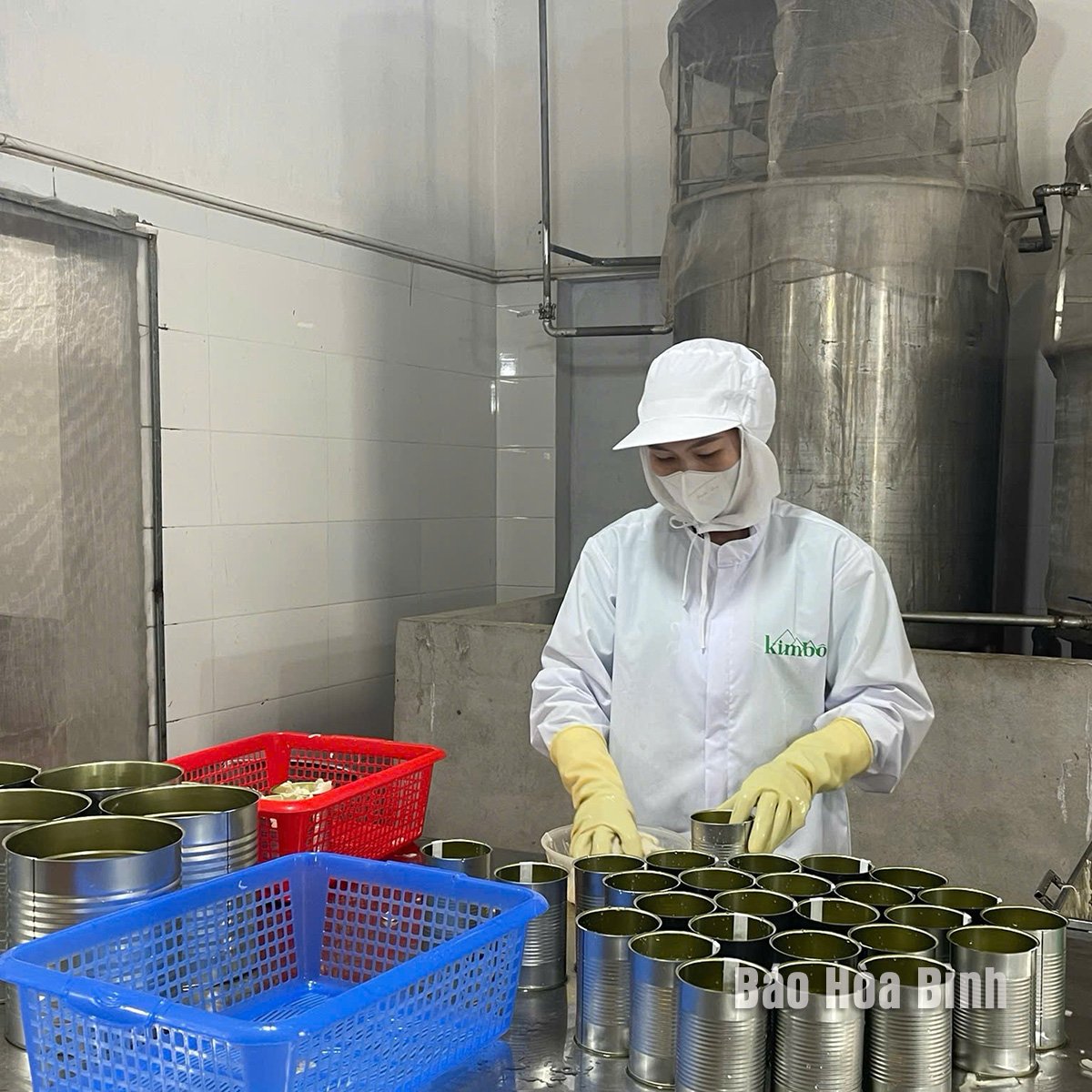

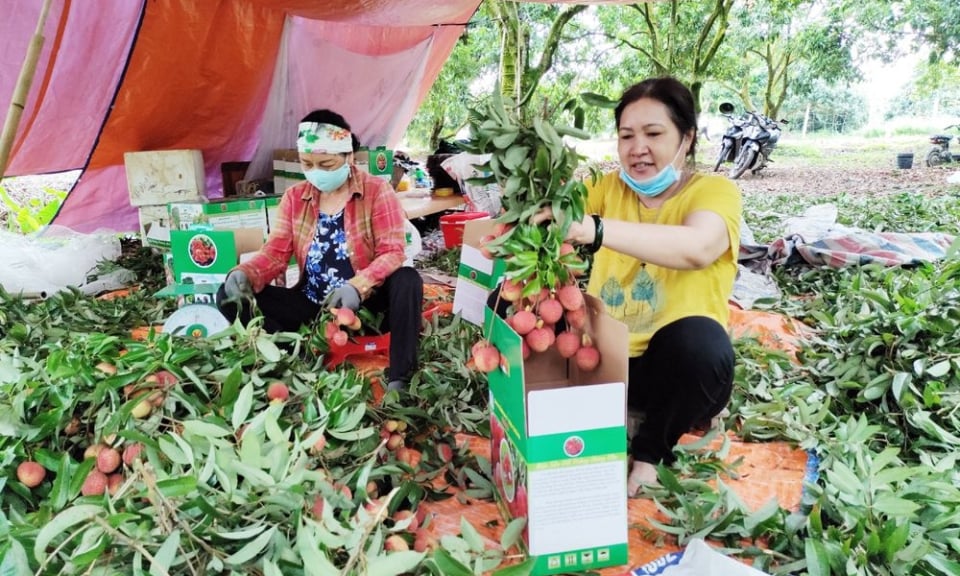

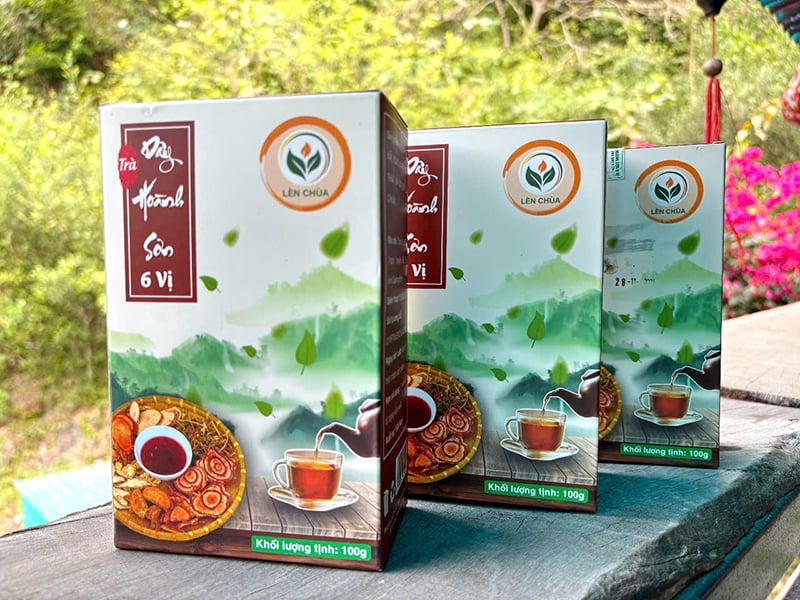
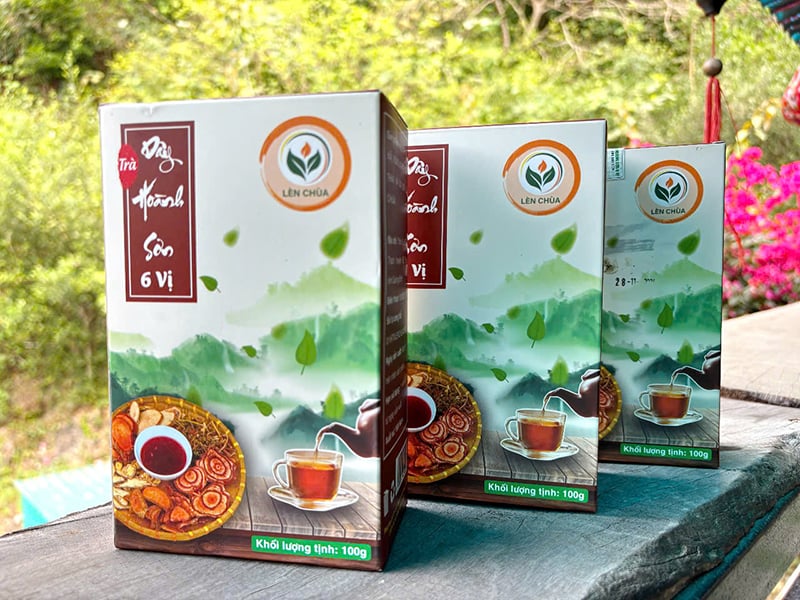


Comment (0)